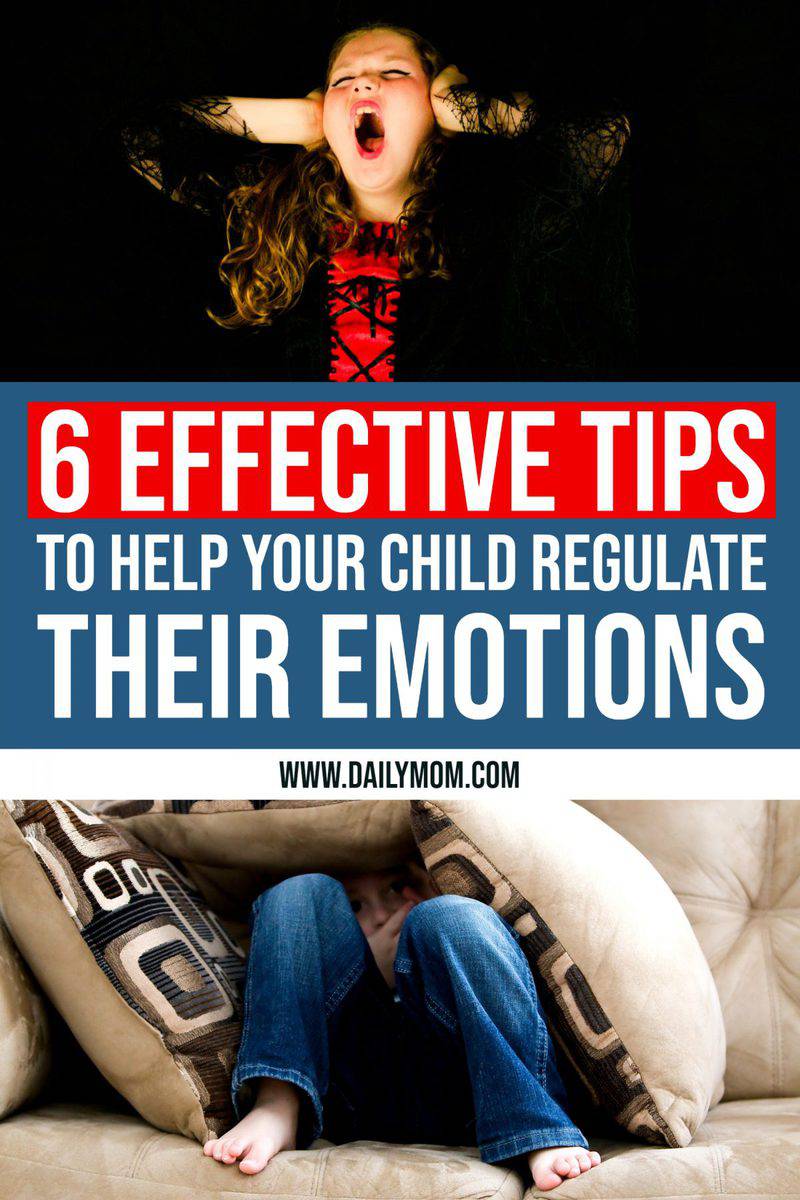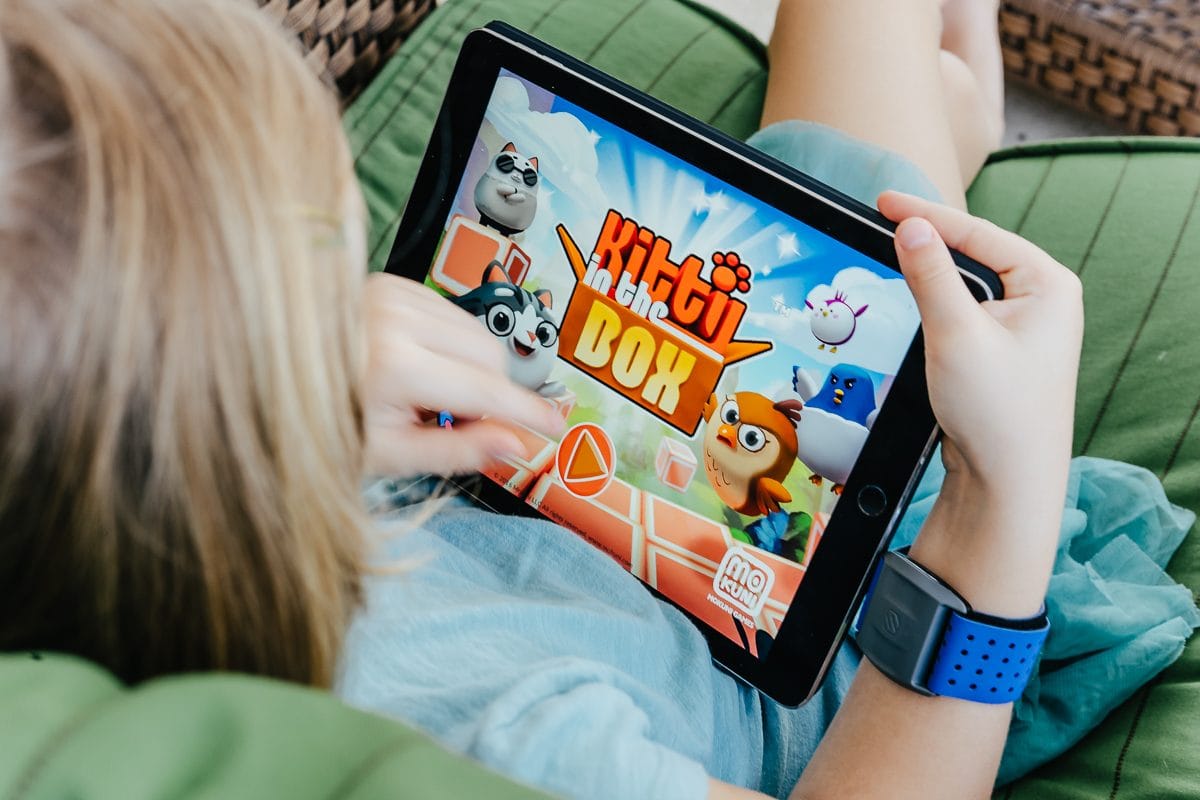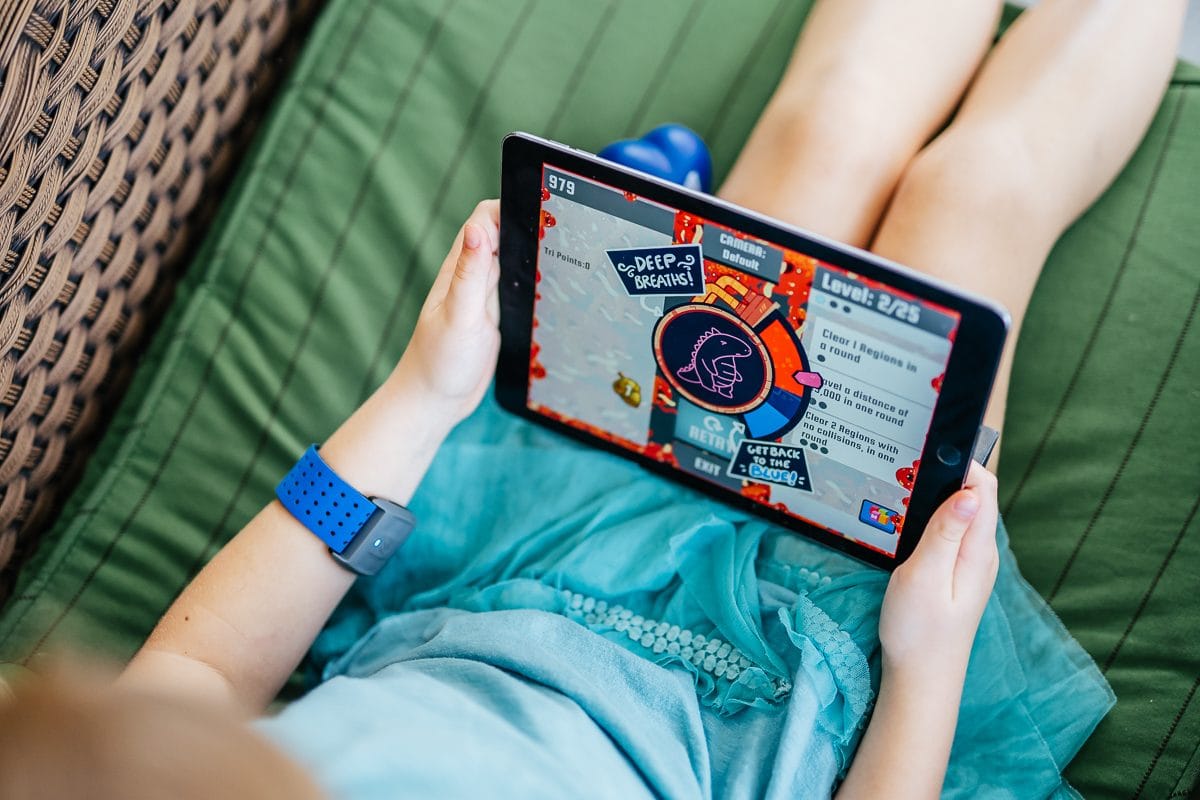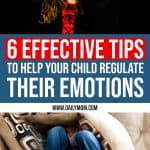We have all had the experience as parents where our child begins to throw a temper tantrum and we just aren’t sure how to handle it. Part of being a young child is learning how to regulate your emotions. In turn, it is part of parenting for us to help our child with emotional regulation as well as learn the tools to help them succeed.
Tantrums are something that every parent experiences, even with the most calm children. Our natural instinct is to “stop” whatever strong emotion our child is having. Sometimes that urge is because it’s an inappropriate behavior and sometimes it is simply because we don’t want to see our child feeling uncomfortable or in pain.

However, emotions are important. They are what help us communicate and emphasize what we are feeling with the outside world. When we try to suppress those emotions they fester within us, causing us to lash out in inappropriate ways. This is especially true with children- when we ask children to stop reacting in a certain way, they will push those emotions aside and never learn how to regulate their behaviors when those emotions arise again.
However, it can still be hard as a parent to know when to help your child work through an emotion especially when there is a negative behavior attached to it. But there there are several different tools you can use to help your child with emotional regulation. Here are six tools that might be helpful to you and your family.
6 Ways to Help Your Child with their Emotional Regulation
Model Good Behavior
Adults have emotions too. Big ones. It’s important for our children to see us displaying these emotions and how we handle them (i.e., our behavior in reaction to these emotions) so they will know how to handle the same type of emotions when they have them. Let your child see you upset, angry, and frustrated but also allow them to see you handle that feeling in a healthy, safe, and productive way such as a “mommy break,” taking a few deep breaths, or even doing a quick workout.
Use Self-Regulating Emotional Exercises
There are also some children who need a little extra help in regulating their emotions. Emotional outbursts can happen for a variety of reasons outside of typical child behavior including anxiety, emotional disorders, or mental disorders. Children may need some extra help in learning how to self-regulate especially as they grow older and are away from parents consistently.
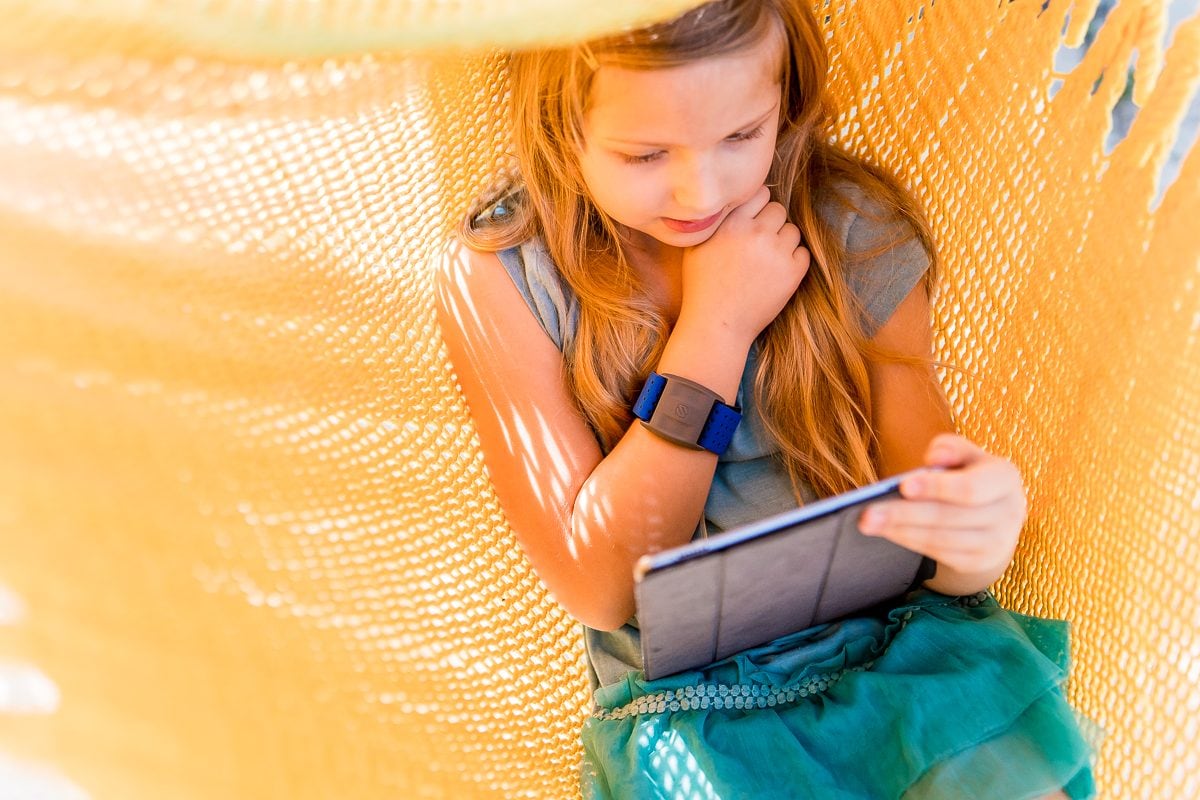
Mightier- A Self-Regulating Tool for Kids
Mightier is a tool that helps children learn how to regulate their emotions through a bioresponsive learning loop. The Mighty band, which is worn on their wrist, tracks their heart rate so they can visibly see when their emotions might need to get in check. When your child is starting to feel their emotions getting out of hand, they can open up one of their favorite Mightier games to help them calm down. If their emotions continue to rise (i.e., their heart rate goes up), the game will get harder showing them that when they react negatively the environment around them reacts negatively, too.
If your child gets frustrated with the game, Dr. Dragon steps in to remind your child to take a step back and take a deep breath. This teaches them that in order to be successful, both in the game and in real life, that they need to regulate their emotions.
Coaching Calls
In addition to the program and the games that come with your Mightier band and the accompanying app, each family is matched with a Master’s degree level clinician. The number of sessions depends on which program you choose, but during these sessions the clinicians will help parents set up expectations for success. They will also help develop strategies that work for both the parent and the child to reinforce the skills learned in the game and apply them to everyday life.
All Mightier families also have access to a private online community to connect with other parents. They also receive updates on their child’s progress, weekly tips on how to apply the skills learned in the Mightier games to real life situations, as well as relevant information, webinars, and articles on behavior.
Personal Experience
Our family had a chance to try out a new tool that helps children learn how to regulate emotions, all while playing their favorite games.
Being a parent of a very aware, sensitive and smart girl who also happens to be a perfectionist, meant that we often struggled with frustration, anger and very heightened emotions that often were expressed in unacceptable ways such as stomping, screaming, or tearing things up. Nothing seemed to help. She knew all the tools at her disposal to help her regulate her emotions, but it seemed like in the moment none of the tools mattered. We knew we needed to create a habit, a brain pathway connecting her negative emotions with calming tools.
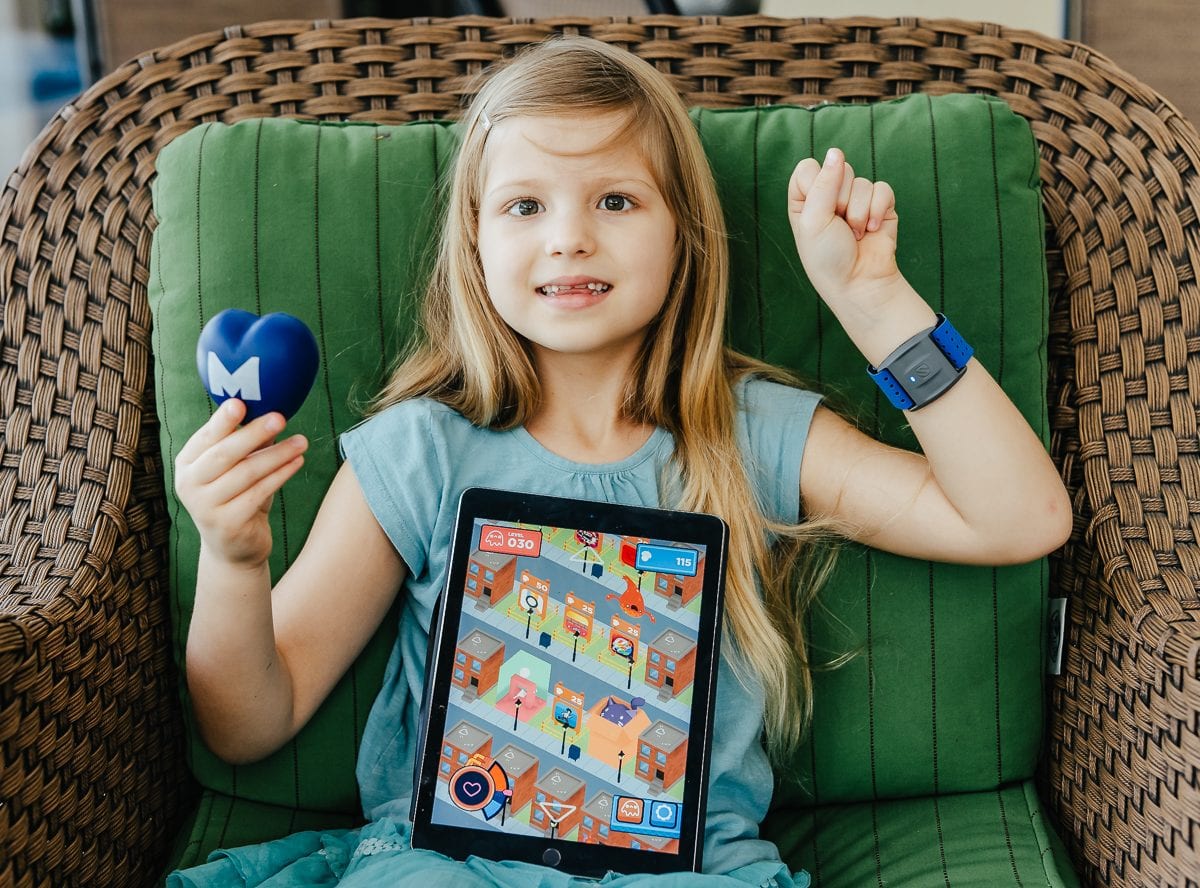
Lexi took to the idea of Mightier really well, as she always does with new things. She was excited to learn and help herself manage her emotions. The fact that “learning emotional regulation” involved actual game playing was a total plus!
One thing I was personally surprised at is that the games included are some of the popular games that kids (and let’s be honest) adults like to play. Of course, Lexi’s favorite game was Kitty in the Box. She didn’t even try playing any other games the first few weeks as she was sufficiently entertained with this game.

Whenever her heart rate would rise, she would compliantly take breaths with Dr. Dragon until the Lavalings would run away and her rate was in the blue again. Every time this would happen she would get rewarded with one of the collectibles within the game. There were a few times where within a matter of 20-30 minutes she was able to collect 20-30 collectibles, which meant that she had calmed herself down that many times.
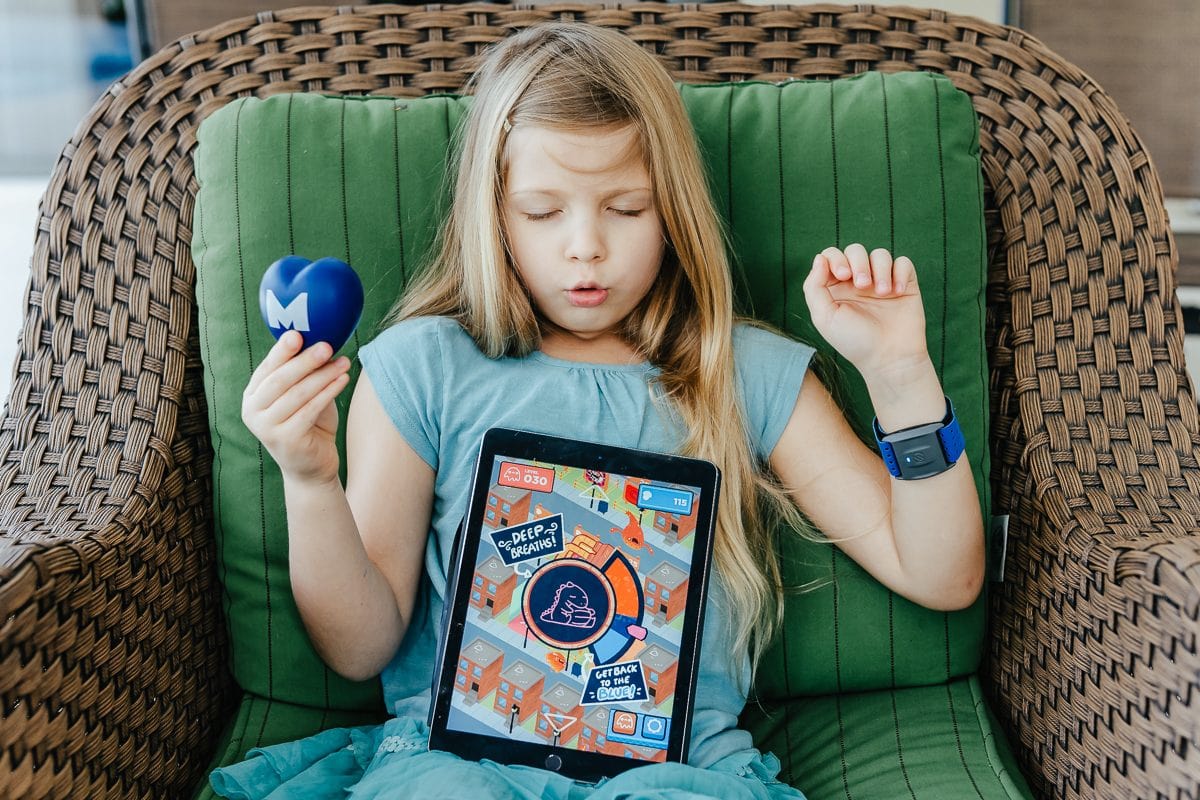
While I realize that the her heart rate rising during the game isn’t the same as emotional outbursts and upset feelings in real life, I feel it is giving her the framework she needs to utilize the calming techniques as a habit when she actually needs them.
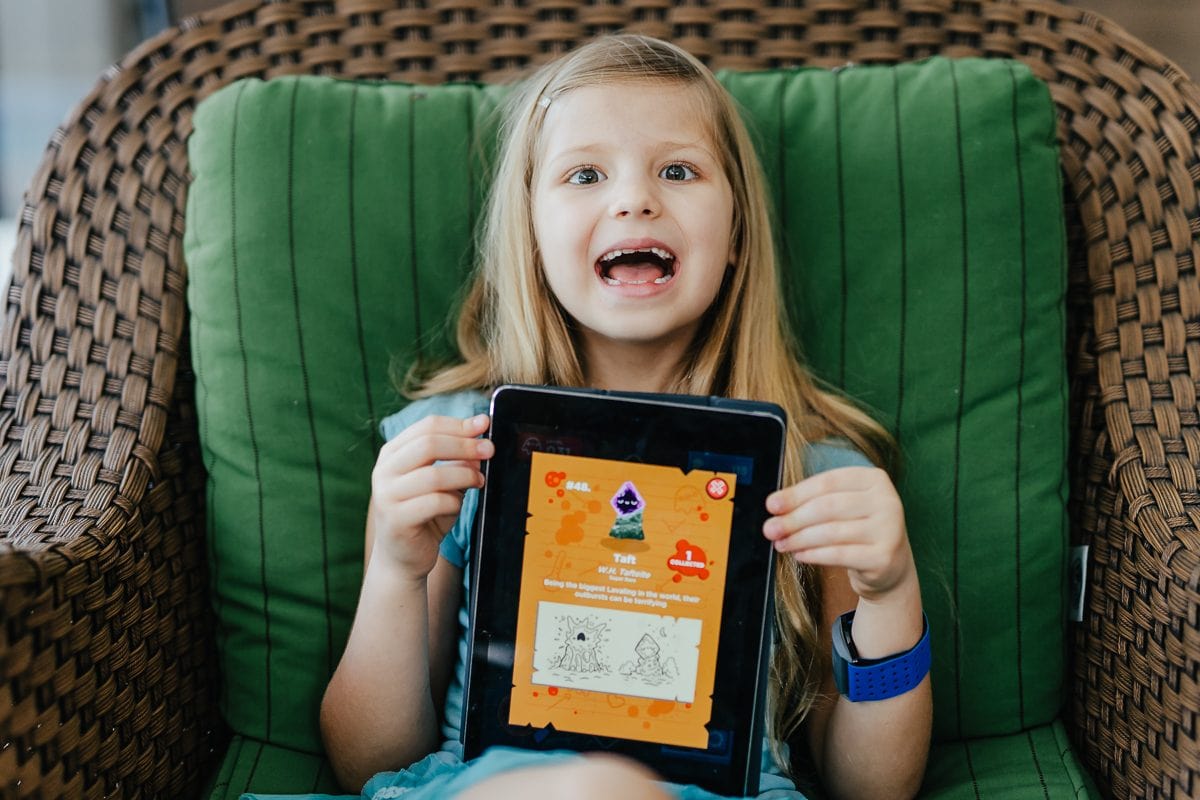
Over the last few weeks, I have watched her use more of her tools than just breathing, including meditating, since it’s “just a game”. And while it slowly translates into real life and is usually used in extreme cases, I have noticed the frequency of times she has turned to breathing whenever she has gotten upset. I know it’s a longer road than just a few weeks to teaching your child self-regulation and there will be many bumps along the way, but it’s wonderful to see it working during game play or, moreover, slowly but surely working in the midst of real life situations.
After 10 weeks of use, the average family sees a 62% reduction in outbursts, a 40% reduction in oppositional behaviors, and a 19% reduction in parental stress. It is a great tool if typical modeling and behavior responses aren’t working for your child.
To see if Mightier is a good fit for you and your child, you can try it out for a free trial period by signing up below.
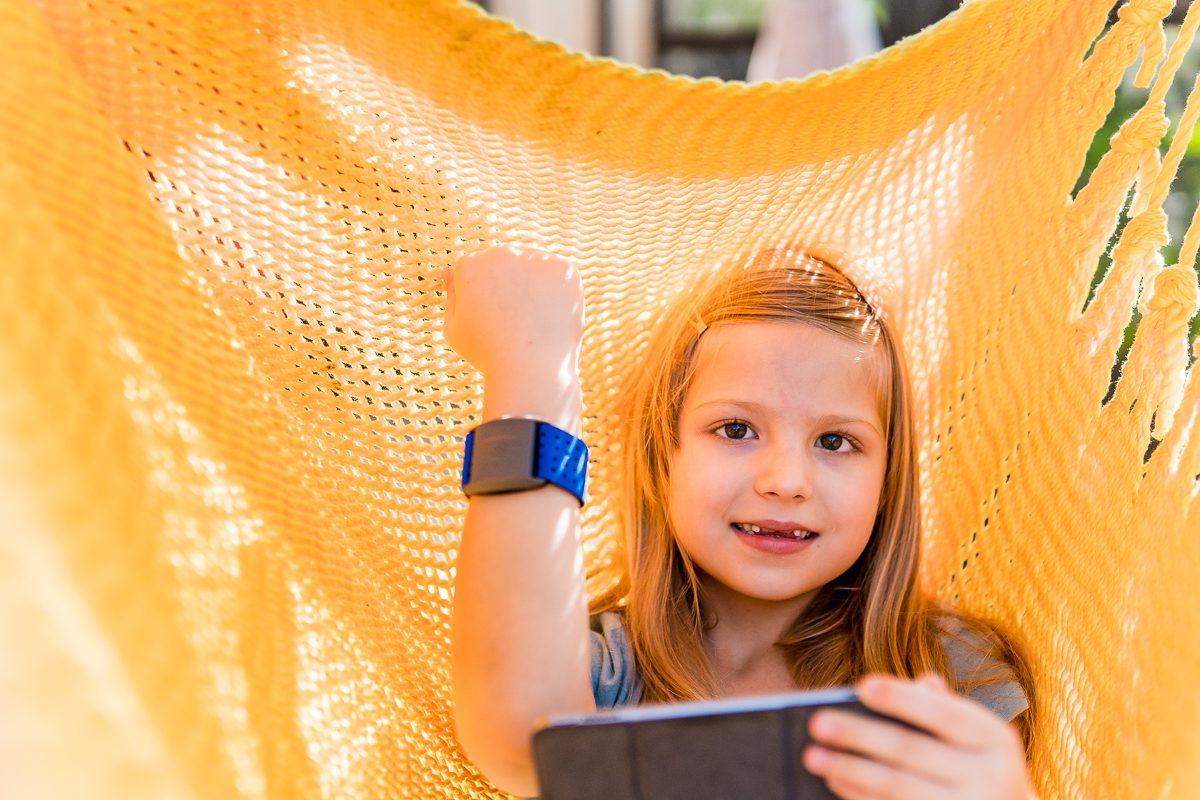
“Time In”
Most parents see a reaction to an emotion and want to stop it. They send their child to their room to calm down. They yell at them to “quit it” out of frustration. And even the most gentle parents will tell their children to “stop crying” with the best of intentions. Although this can be hard, what many kids need is some extra time with mom, dad, or the caregiver. Instead of sending them away, tell them that you recognize that they are upset and it is ok to feel that way, but it is not okay to throw a toy/hit/be destructive. Remind them to take a few deep breaths or use one of the tools listed below to help calm them down.
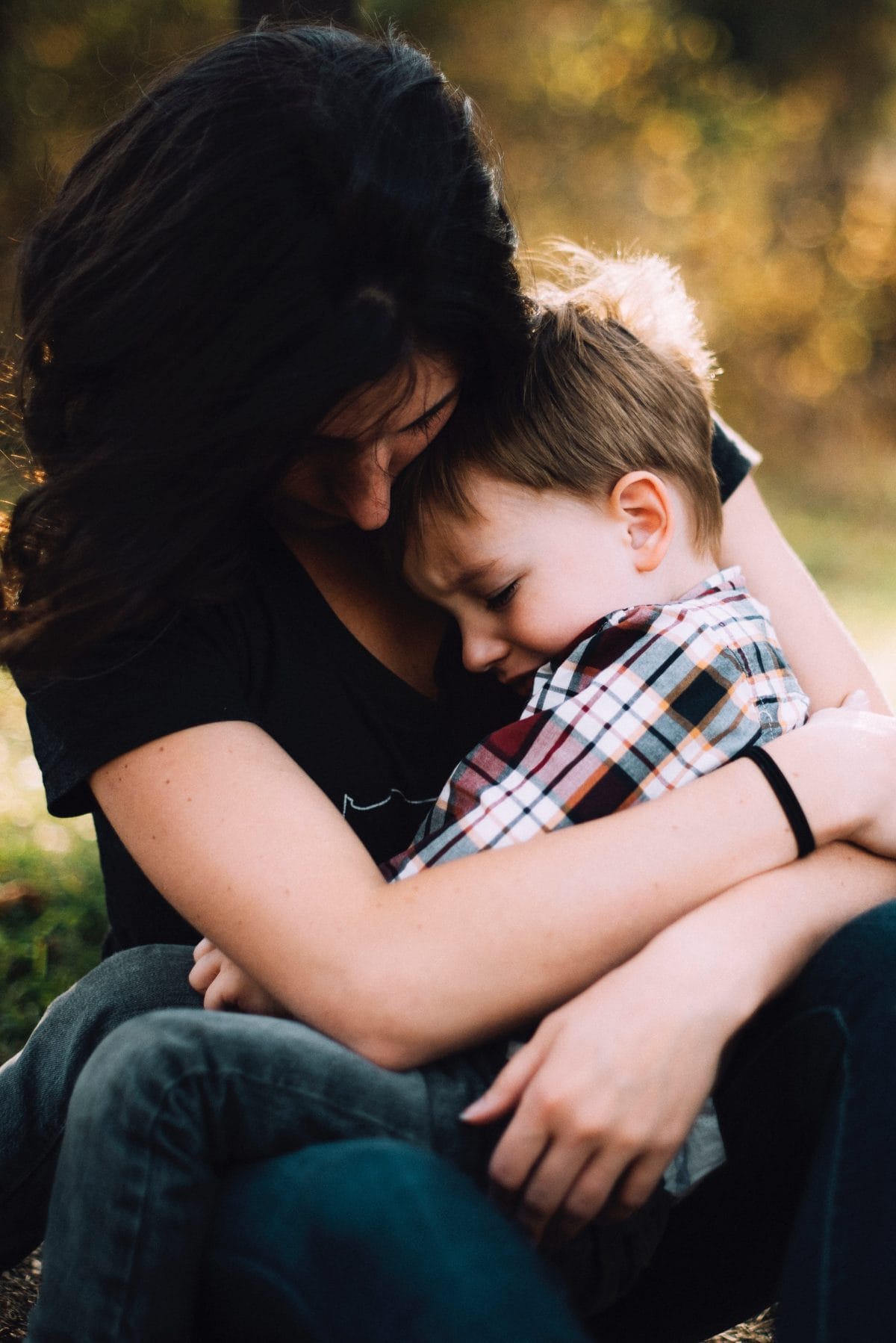
Calming Tools
Some children, like adults, just want to be alone when they are feeling strong emotions. It is important for us as parents to respect that. But we also want to give them tools to use to help them calm down such as:
- Glitter shaker bottles
- Blow on a pinwheel
- Blow bubbles
- Stress ball or play dough to squish and manipulate
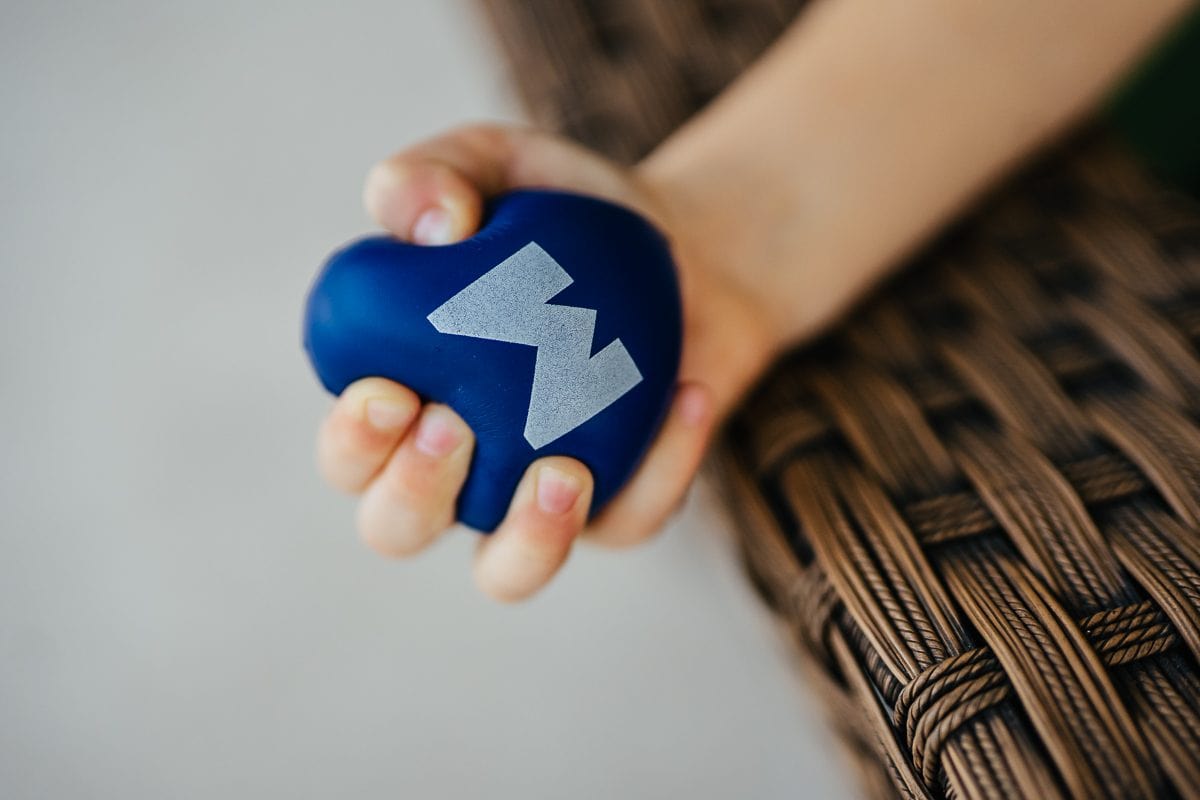
Recognize the Feeling
Another way to help with your child’s emotional regulation is to let them know that you see and recognize that they are feeling upset. “I’m sorry you’re disappointed and I know that can make you feel sad and angry.” Remind them that it is ok to feel those emotions and that everyone has them sometimes. Let them know that the emotions might not feel good, but they are important to have.

Don’t Punish
This is often difficult for parents because oftentimes big emotions come with inappropriate reactions, especially for young kids who don’t know the appropriate way to behave when they feel angry, upset, or sad. The emotions are often accompanied by negative behaviors like hitting, yelling, biting, or throwing toys. Make sure your child is in a safe space and remind them that those behaviors are not allowed but do not punish them for the behaviors. Sometimes you may have to wait until your child is calmed down before you have the conversation, but you should sit down and let them know why a certain behavior is not acceptable as well as give them suggestions of behaviors that are acceptable.
[td_smart_list_end]
Helping your child with emotional regulation is one of the most difficult tasks as a parent. You have to walk the fine line of respecting their emotions as well as letting them know that certain behaviors brought out by those emotions are not acceptable. But with these six ideas, you should be able to help your child with their emotional regulation and learning the appropriate behaviors and reactions.

WANT TO READ MORE?
Check out this article on The Importance of Pretend Play.
